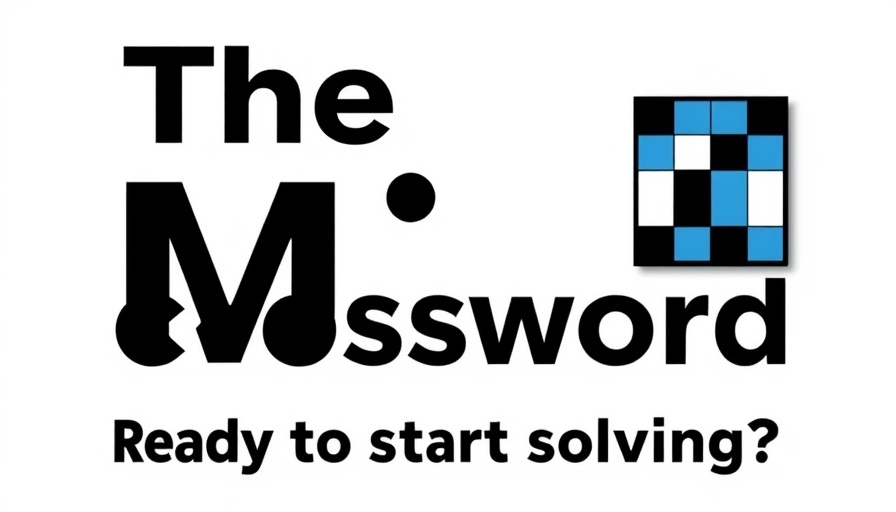
Understanding the Five-Generation Workforce
The modern workplace is a vibrant tapestry woven from the experiences and perspectives of five distinct generations: Traditionalists, Baby Boomers, Generation X, Millennials, and Generation Z. Each generation carries unique attributes that, when combined effectively, can drive innovation, culture, and productivity within organizations. However, successfully integrating these age-diverse teams presents challenges that business leaders must navigate with strategic foresight.
Breaking Down the Benefits of Multigenerational Teams
A report from the World Economic Forum highlights that investing in multigenerational workforces could increase GDP per capita by up to 19% over three decades, a statistic which is particularly relevant for business owners and decision-makers within commercial construction. Encouraging older employees—often seen as a drag—to remain engaged in the workforce could also add trillions to the economy, emphasizing the necessity of these diverse talents.
Challenges in Team Dynamics
Gallup's research indicates that only a meager 9% of employees believe cross-generational teams foster collaboration, while a staggering 39% see generational differences as potential barriers to teamwork. This sentiment poses a significant roadblock for business owners who must ensure a harmonious workplace that capitalizes on the strengths of its members rather than become bogged down by misunderstandings.
Strategies to Foster Unity
To harness the potential of these diverse teams, it is crucial to develop strategic initiatives that foster a collaborative environment. One successful case study can be drawn from the San Antonio Spurs’ remarkable blend of veteran and young talent, where being intentional about team chemistry led to unprecedented success. Just like this sports team, organizations need to create opportunities for intergenerational exchange and mentorship, assisting younger employees while leveraging the wisdom of older staff.
Actionable Insights for Business Owners
Building an inclusive environment starts with leadership initiatives that actively promote dialogue and collaboration across age groups. Techniques such as mentorship programs, inter-departmental projects, and joint brainstorming sessions can help bridge generation gaps. For facility managers and developers, understanding the dynamics of team relationships not only improves workplace culture but can also enhance project outcomes and client satisfaction.
A Future with Shared Benefits
As the construction industry continues to evolve, integrating diverse generational perspectives into your operations will prove advantageous. Organizations that embrace this transformation can not only improve economics and efficiency but also foster a more harmonious work culture, enriching the environment in which we develop our cities and communities. Thus, the time is ripe for leaders to harness this potential for long-term success.
 Add Row
Add Row  Add
Add 




Write A Comment